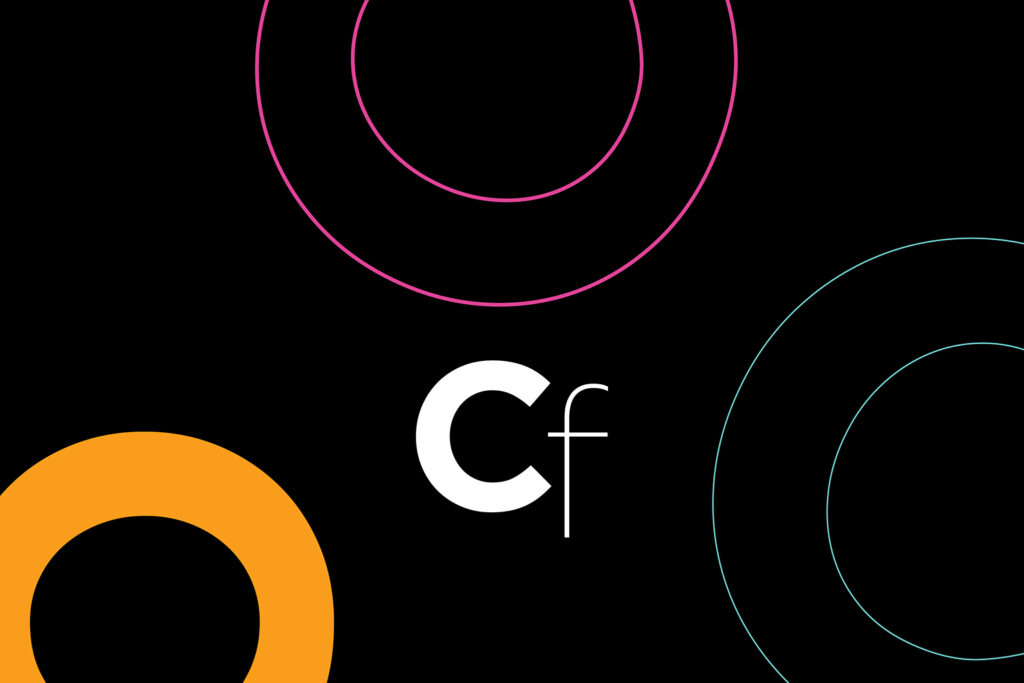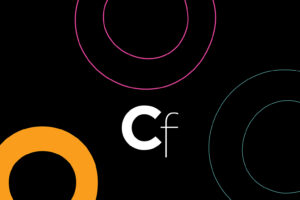Beijing Wraps Up Inaugural ‘Art Season,’ Making Bid to Reclaim Top Spot in China’s Art Economy

On Sunday, Beijing wrapped up the inaugural “Beijing Art Season,” consisting of the long-running Gallery Weekend Beijing (GWBJ), as well as two local art fairs— Beijing Dangdai and Art021 Beijing. The festivities came just weeks after a tense round of U.S.–China tariff hikes ended with a surprise diplomatic breakthrough, and a de-escalation of trade measures, in Geneva.
But amid China’s ongoing economic slowdown, this year’s Art Season, which ran from May 22 to June 1, felt more subdued. GWBJ’s Visiting Sector—which previously invited international galleries to present fair-style exhibitions—and the usual large-scale group show featuring artists from participating galleries were both scrapped, while international galleries and institutions held less satellite events than recent editions.
Still, collectors, curators, and institutional directors from Germany, the UK, Korea, and Japan were in attendance to gauge the market. For some, China’s strategic importance has only grown amid global uncertainty and the soft global art market, due to its deep collector base.
“I felt the mood here is much better than in Europe,” Laurent Dassault, French billionaire businessman and co-founder of HdM Gallery, told ARTnews during the preview for Beijing Dangdai at the National Agricultural Exhibition Center. “We still have long waiting lists of Chinese collectors for certain artists.” He contrasted that with a recent experience in London, where a “longtime client” purchased an Alain Vernis ceramic, but asked to delay payment due to uncertainty over Trump’s economic policies. “He still wants the piece, just not right now,” he added.
Dassault isn’t alone in turning to Beijing as Europe’s market cools. Berlin-based galleries PSM and Galerie Thomas Schulte made their first appearances at Beijing Dangdai this year, collaborating with Hua International, a gallery with spaces in both cities, to present the fair’s first “Berlin Section.”
Sabine Schmidt, founder of PSM, told ARTnews that she reached out to Hua co-founder Hua Xiaochen last year for help navigating the Chinese market. “Seeing our peers in Berlin engage with China, I realized there’s a strong market with curious, open-minded collectors I need to pay attention to,” Schmidt said.
Dangdai has grown considerably since its inaugural edition in 2018, when 32 galleries exhibited. This year, 87 galleries participated and, while most exhibitors were local to China, the fair increasingly reflects local collectors’ appetite for more international and experimental forms of contemporary art.
“For Chinese collectors, artworks priced below half a million yuan [around $69,500] are very easy to decide on,” Janet Kong, a Shanghai-based art advisor told ARTnews. “Once it goes above one million yuan [around $138,900], the decision becomes more difficult.”
Still, Kong noted that many major Chinese collectors view the current moment as a good opportunity to buy works by Chinese artists, especially as the market in the US heats up and confidence in the long-term growth of China’s art market remains strong.
“Some collectors are asking for discounts of up to 30 percent, knowing the market is tough and galleries and dealers are eager to make sales,” she added.
Beijing was once the epicenter of mainland China’s contemporary art scene, the go-to destination for international collectors during the height of the China art boom. In recent years, however, the city has been eclipsed by Shanghai, where heavy government investment in cultural infrastructure and programming has fueled a mega-event economy targeting high-spending, multicultural audiences. Shanghai has also benefited from a relatively more relaxed censorship climate.
Now, like many sectors in China working to regain momentum amid ongoing U.S.–China trade tensions, Beijing is redoubling efforts to assert cultural influence, this time aiming to reclaim its role not just as a center for artistic production, but as a key hub for art trade.
Yan Mingdan, manager of 798 Culture and Technology Company, the state-owned firm behind the 798 Art District and organizer of GWBJ, told ARTnews they see it as their role to activate the city’s art ecosystem, citing their advantage in accessing direct government support. Since last year, the local government has coordinated the city’s two major contemporary art fairs to align with GWBJ.
In a strategic move last year, 798 Art District—the longtime hub of the city’s contemporary art scene—merged with neighboring 751 D·PARK, formerly an economic zone for industrial design firms. The result is now the largest art and design district in the country, spanning 520,000 square meters. Yan said the consolidation has allowed the company to support galleries and arts nonprofits with below-market rental rates and other measures.
Whille GWBJ suspended the Visiting Sector this year, 798 invited Shanghai-based Antenna Space to present dual museum-caliber solo exhibition of artists Evelyn Taocheng Wang and Xinyi Cheng, supported by rental subsidies. Featuring works on loan from global collectors and institutions, the show, housed in a repurposed Bauhaus-style factory, was widely considered a highlight of the week. Yan said more international galleries may be invited for similar month-long exhibitions in future editions.
GWBJ, meanwhile, has shifted from a paid, application-based model to an invitation-only format with no participation fees, while continuing to fly in collectors, curators, and international press, thanks to government support.
“Rather than generating revenue through participation fees, our priority is to establish GWBJ as a major cultural event for the city,” Yan said, adding that the goal is to build a more official and neutral platform for presenting art and facilitating trade.
Another seeming change encouraged by the new model is a shift away from painting-heavy exhibitions that might have been easier to sell but made for less dynamic shows.
Further government-backed efforts can be seen at the Tianzhu Comprehensive Free Trade Zone on Beijing’s outskirts, connected to the airport. There, Blanc Art Group launched the city’s first tax-free art center in 2021. The facility has since been taken over by the government and rebranded as BSQ (short for “Free Trade Zone” in Chinese). BSQ has since expanded its services beyond storage, transport, and sales of art and cultural relics to include financial functions such as valuation, mortgaging, refinancing, and insurance underwriting.
David Tung, director of Lisson Gallery in China, which opened a 8,400 square-foot space within the BSQ complex in 2022, told ARTnews that he hopes BSQ can help normalize gallery business models in the country.
“Beijing still has a long way to go in understanding how primary galleries operate,” he said, pointing to the domestic art scene’s ongoing overreliance on auctions as benchmarks. “It undermines local galleries, international fair development, and the ability for foreign galleries to function here.” A platform like BSQ, more aligned with global practices and regulations, could lower barriers for overseas galleries, he added.
Beijing’s efforts to court international galleries and collectors and its existing base of local buyers are making it increasingly attractive for European galleries like PSM.
“I had a successful first year at the fair and am seriously considering coming back to expand my regional network,” PSM’s Schmidt said.
But for US galleries, the situation is more complicated. Cara Zhuang, China representative for Paula Cooper Gallery, told ARTnews that tariffs remain a major hurdle. While artworks were often exempted in earlier rounds of the trade war, the most recent tariffs ldidn’t, resulting in American artworks facing duties at least 10 percent higher than those from other countries, even after the recent pause.
“In cases of dual representation, collectors are likely to buy from the European gallery to avoid any potential surcharges,” Zhuang noted, adding that while collectors can find ways around the tariffs, the real impact is on institutional collaboration: “For museum shows, the tax deposits required to import artworks can be sky-high.”
Last year, Zhuang organized Paula Cooper’s first-ever pop-up outside New York, an acclaimed exhibition during Shanghai Art Week featuring Sol LeWitt, Donald Judd, and Bernd and Hilla Becher, with works valued in the millions.
“It’s hard to imagine doing a show like that in China again anytime soon,” she said.




